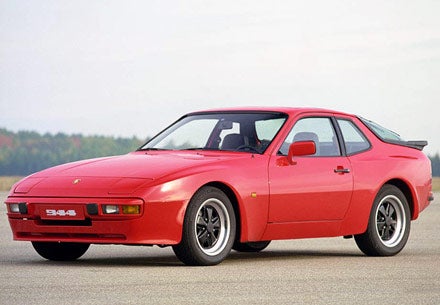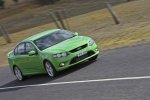Ryotsu
Active Member
To me, a muscle car is a relatively cheap, medium size, 4 or 5 seat car with a big engine (not just a powerful engine, no 2.0 turbos, I mean at least 300ci) that give LOTS of torque. This is a car that goes 0-60 in under 5 seconds, but that you could drive to school, or to work in, and then drive you and your friends to a movie. A car that doesn't cost and arm and a leg, and that is equally capable of winning drag races as it is to go shopping. This definition rules out the C63 AMG, due to cost, and the Dodge Viper, due to cost and practicality. But, if Porsche brought out a new car with a rear mounted flat 6 that gave 400 ftlbs of torque, and that only cost $35000, it would be a great muscle car.
P.S. I also think rear drive is essential.
P.P.S. Vote for EVERYTHING that you think defines a muscle car.
Please talk about what makes a muscle car. I know a lot of people will say that the Dodge Viper (which I call a sports car, not a muscle car) is a muscle car. Some say the C63 AMG is a muscle car. Some say that a muscle car must have a front mounted V8 (thus ruling out my imaginary Porsche). Whatever you think is a muscle car, you make the case for.
If you pick 'Something else, please tell us what it is.
(votes from Americans count triple)
P.S. I also think rear drive is essential.
P.P.S. Vote for EVERYTHING that you think defines a muscle car.
Please talk about what makes a muscle car. I know a lot of people will say that the Dodge Viper (which I call a sports car, not a muscle car) is a muscle car. Some say the C63 AMG is a muscle car. Some say that a muscle car must have a front mounted V8 (thus ruling out my imaginary Porsche). Whatever you think is a muscle car, you make the case for.
If you pick 'Something else, please tell us what it is.
(votes from Americans count triple)
Last edited:

.jpg/250px-Dodge_Coronet_500_Coupe_(Orange_Julep).jpg)






